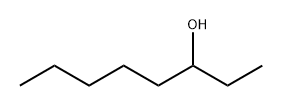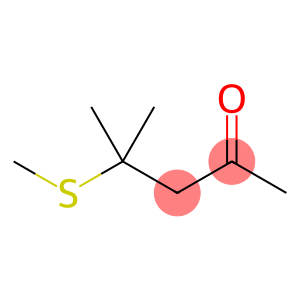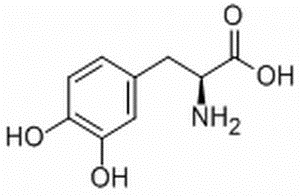3-Octanol(CAS#20296-29-1)
| Hazard Symbols | Xi – Irritant |
| Risk Codes | 36/37/38 – Irritating to eyes, respiratory system and skin. |
| Safety Description | S26 – In case of contact with eyes, rinse immediately with plenty of water and seek medical advice. S36 – Wear suitable protective clothing. |
| UN IDs | NA 1993 / PGIII |
| WGK Germany | 2 |
| RTECS | RH0855000 |
| TSCA | Yes |
| HS Code | 2905 16 85 |
| Toxicity | LD50 orally in Rabbit: > 5000 mg/kg LD50 dermal Rabbit > 5000 mg/kg |
Introduction
3-Octanol, also known as n-octanol, is an organic compound. The following is an introduction to some of the properties, uses, preparation methods and safety information of 3-octanol:
Quality:
1. Appearance: 3-Octanol is a colorless liquid with a special odor.
2. Solubility: It can be dissolved in water, ether and alcohol solvents.
Use:
1. Solvent: 3-octanol is a commonly used organic solvent, suitable for coatings, paints, detergents, lubricants and other fields.
2. Chemical synthesis: It can be used as a raw material for certain chemical synthesis reactions, such as esterification reaction and alcohol etherification reaction.
Method:
The preparation of 3-octanol can usually be achieved by the following steps:
1. Hydrogenation: Octene is reacted with hydrogen in the presence of a catalyst to obtain 3-octene.
2. Hydroxide: 3-octene is reacted with sodium hydroxide or potassium hydroxide to obtain 3-octanol.
Safety Information:
1. 3-Octanol is a flammable liquid and should be avoided from contact with open flames or high temperatures.
2. When using 3-octanol, wear appropriate personal protective equipment, such as gloves and goggles, to prevent direct contact with the skin, eyes, or inhalation.
3. Try to avoid prolonged exposure to the vapor of 3-octanol to avoid causing harm to the body.
4. When storing and using 3-octanol, relevant safety operating procedures and measures should be observed.








